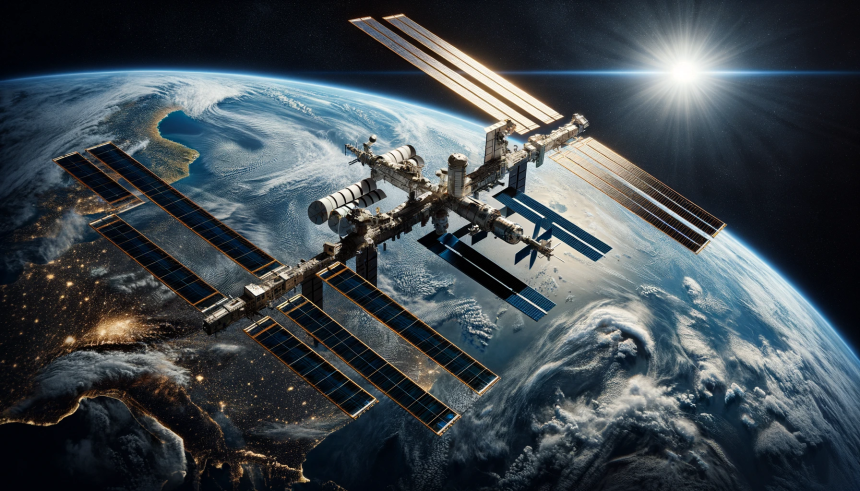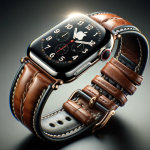NASA is preparing to launch its latest lunar mission, featuring three autonomous rovers known as CADRE. These compact rovers, each roughly the size of a small suitcase, will work together to explore the Moon’s Reiner Gamma region. This mission aims to showcase the rovers’ ability to communicate and operate independently, marking a significant step in robotic space exploration.
Unlike previous single-rover missions such as the Soviet Union’s Lunokod-1 from 1970, CADRE introduces a cooperative approach with multiple devices working in unison. This advancement reflects the evolving strategies in lunar exploration, leveraging coordinated robotics to cover more terrain and gather comprehensive data.
Launch and Deployment
The CADRE rovers have been recently packaged and dispatched from NASA’s Jet Propulsion Laboratory in Pasadena, California. They are scheduled to launch from LC-39A at the Kennedy Space Center aboard a SpaceX Falcon-9 rocket as part of Intuitive Machines’ IM-3 mission, targeted for late 2025 or early 2026. Upon reaching the Moon, the Nova-C lander will deploy the solar-powered rovers to the Reiner Gamma region.
Rover Capabilities
Equipped with cameras and ground-penetrating radars, each rover is designed to navigate and analyze the lunar surface autonomously. Engineers expect the rovers to operate for two weeks, from local sunrise to sunset, gathering valuable geological data. Coleman Richdale from NASA-JPL emphasized the team’s efforts, stating:
“Our small team worked incredibly hard constructing these robots and putting them to the test. We are all genuinely thrilled to be taking this next step in our journey to the Moon, and we can’t wait to see the lunar surface through CADRE’s eyes.”
Associated Missions
The IM-3 mission includes several other experiments alongside CADRE, such as Lunar Vertex (LVx) and the Korea Astronomy Space Science Institute’s Lunar Space Environment Monitor (LUSEM). These payloads aim to further understand the Moon’s magnetic anomalies and space environment. Additionally, Intuitive Machines plans another attempt with the IM-2 mission, which will carry NASA’s PRIME-1 drill to the lunar South Pole.
A Mars rover twin was showcased alongside a CADRE rover at NASA’s ‘Mars Yard’, highlighting the versatility and robustness of these rovers. The ongoing efforts under NASA’s Commercial Lunar Payload Services (CLPS) initiative are set to make the Moon a hub of scientific activity in the coming years.
The mission’s success could pave the way for more complex robotic systems on the Moon, enhancing our ability to conduct extensive scientific research without direct human intervention. Coordinated rover operations may become standard, allowing for efficient exploration of challenging terrains and contributing to future manned missions.










